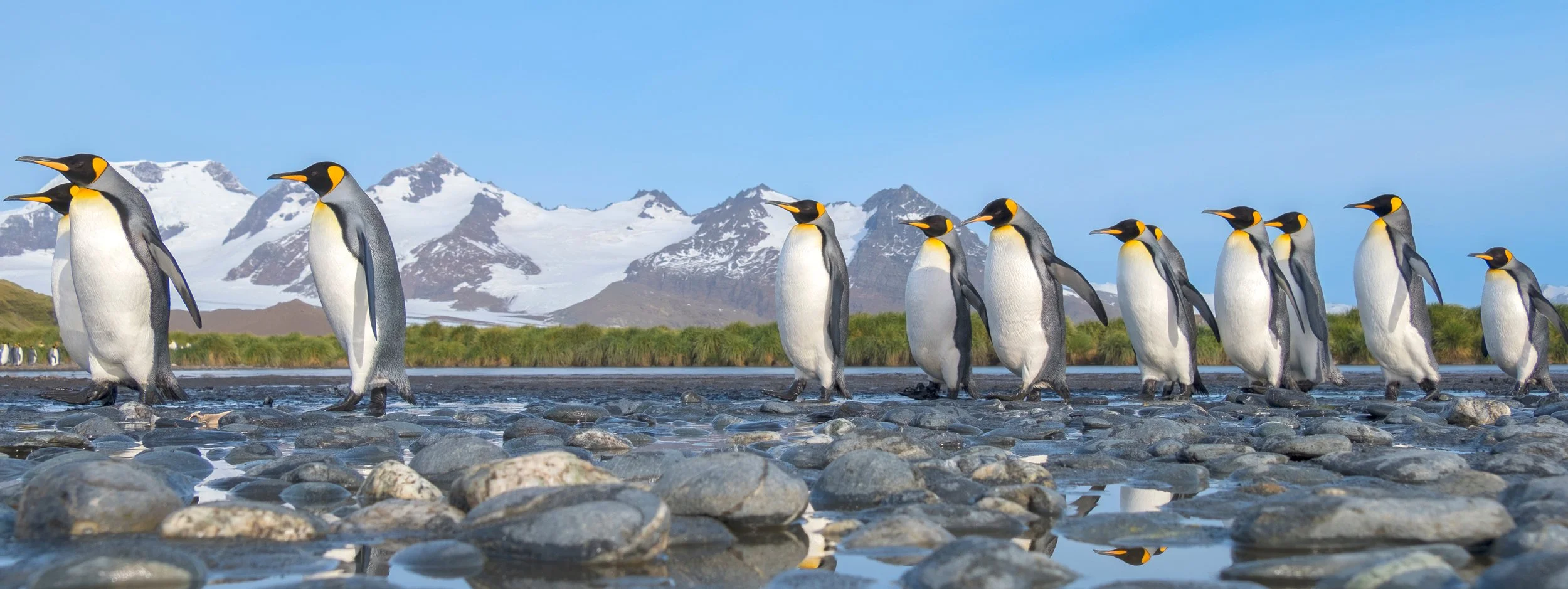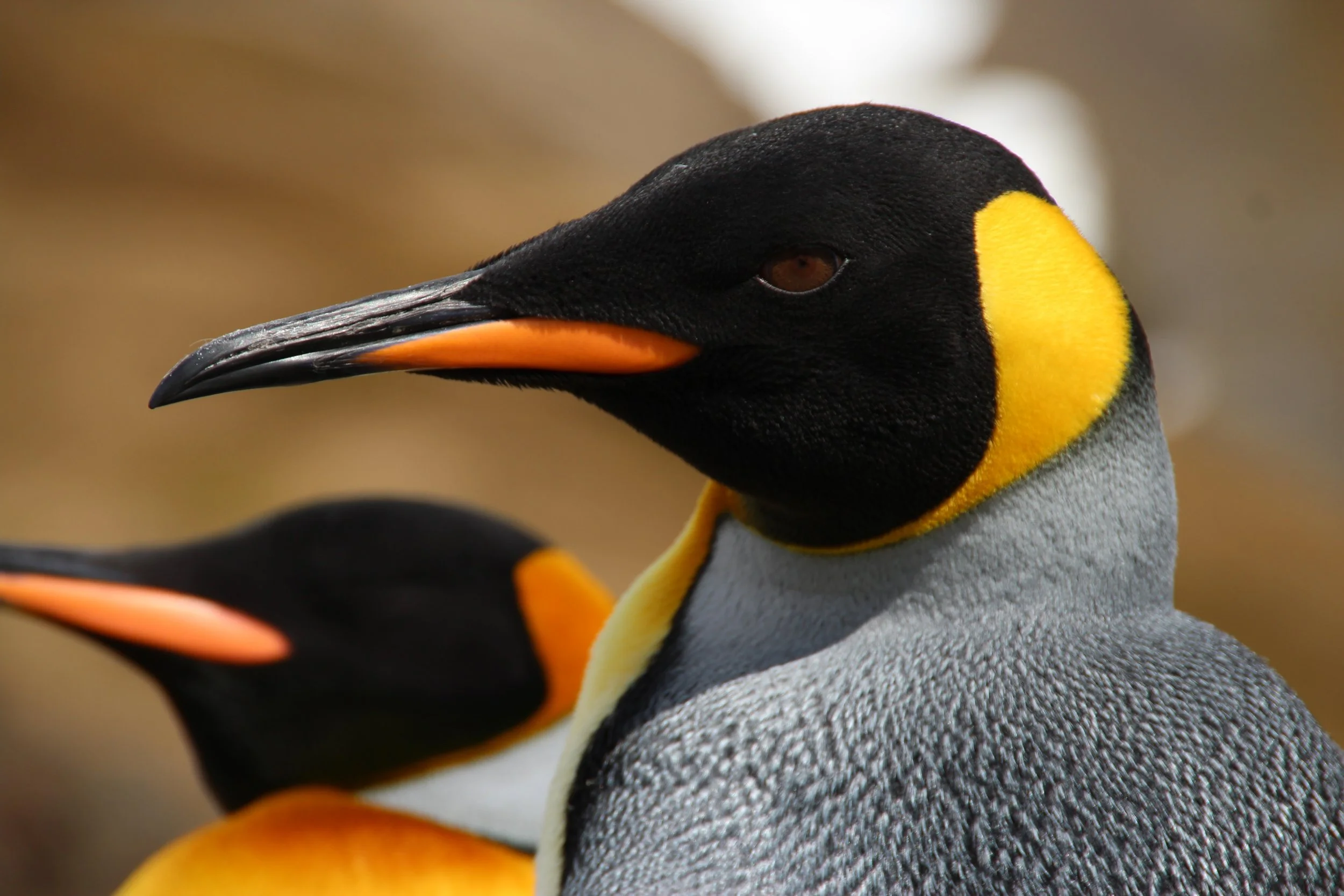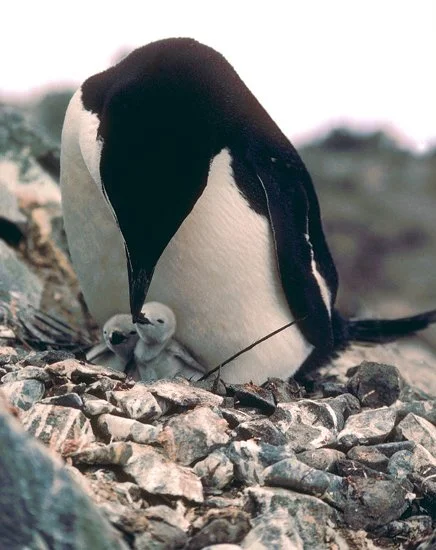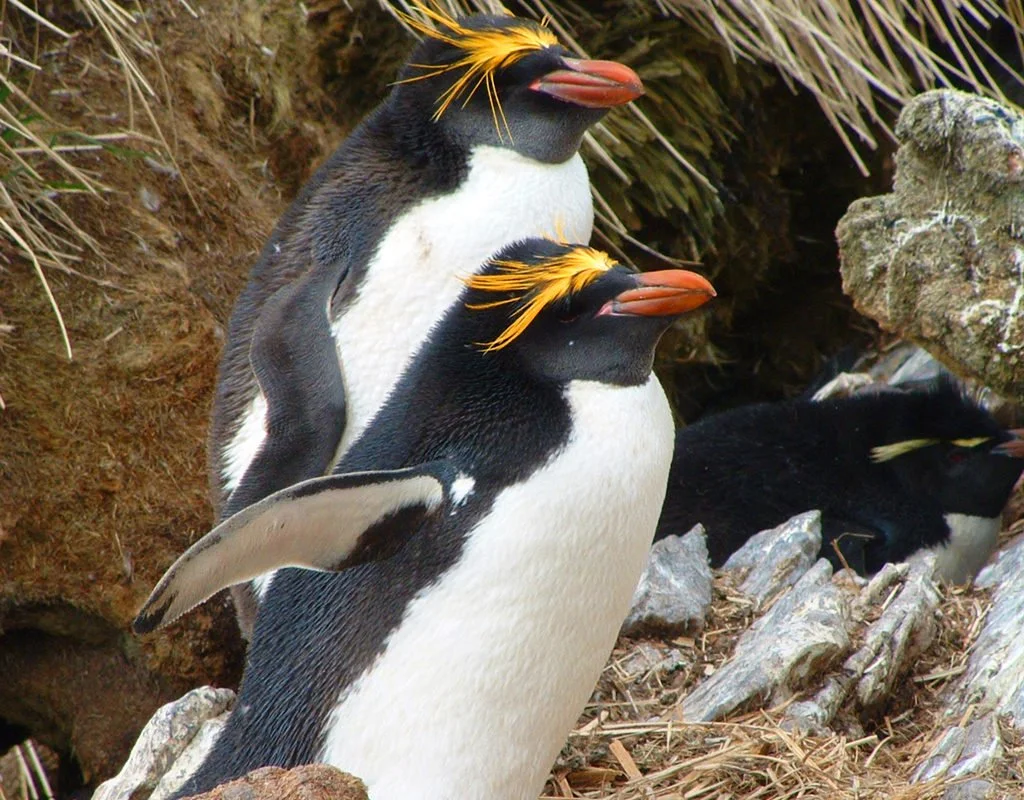The world's largest iceberg is on a collision course with vital penguin sanctuary
A drone image shows A23a floating in the southern ocean. The massive iceberg broke free from Antarctica in 1986, but only recently began veering toward South Georgia.
by ByMelissa Hobson
Photographer Andrew Miller, Capture North Studios
This megaberg is the size of Rhode Island and weighs a trillion tons. It could ground to a halt near South Georgia, a critical wildlife haven.
An enormous iceberg known as A23a is heading towards South Georgia: a remote island in the southern Atlantic Ocean, filled with seals and penguins.
The size of the iceburg, at just over 1,400 square miles, A23a could currently fill all of New York City, Los Angeles, and Houston combined. The trillion-ton megaberg was stuck in the ocean for nearly 40 years but, now it’s on the move. Although it’s creeping along at under 1.5 miles per hour per hour, some experts are worried about its potential impact on this wildlife haven.
How did the iceberg break free, how might it affect penguin and seal populations, and is this related to climate change? Here’s everything you need to know.
King Penguin
Saint Andrews Bay in South Georgia Island
Chinstrap Penguin
Chinstraps, - Pygoscelis antarcticus named for distinctive black neck feathers, often seen standing about on ice floes, like to forage among pack ice. Smaller than either gentoos or Adelies, they pick the highest, rockiest, most inaccessible nest sites, pulling themselves up flipper by flipper around the Peninsula and on islands south of the Antarctic Polar Front. An estimated five million of them nest on little-visited South Sandwich Islands.
Cornell Lab of Ornithology sound captures features 62 different sound tacks of Chinstrap Penguins.
Classy-looking medium-sized penguin. Slender “chinstrap” is unique and unmistakable, but can be difficult to see at a distance; instead, note this species’ white face, dark bill, and cleanly flat-bottomed dark cap. Breeds in colonies on rocky terrain in the Subantarctic, particularly in the southern Atlantic. Winters as far north as far southern Argentina. Gives loud, hoarse barking and braying calls on the breeding grounds.
Macaroni Penguin
Eudyptes chrysolophus
The Macaroni Penguin is a crested penguin similar to the Rockhopper. Like the Rockhopper it is migratory arriving in the Islands each summer to breed. Macaroni penguins are slightly larger than the rockhopper penguin with distinctive golden orange head plumes which spread out and back from the forehead. It has a prominent pink patch at the gape. Head, throat and back are blue-black and under parts white. The very stout bill is orange-red and feet pink.
BIRDS
Fly with More Than 450 Bird Species
on Their Annual Migrations with Audubon’s New Interactive Maps
What route does the whooping crane follow as it travels south each year? What about the long-winged turkey vulture? A new interactive guide from Audubon tracks the journeys of more than 450 species as they travel around the hemisphere. Complete with the conservation organization’s signature illustrations, the Bird Migration Explorer features digital maps that offer detailed insight into such grand-scale avian movement and are searchable by different taxonomies.
The Bird Migration Explorer is your guide to the heroic annual journeys made by over 450 bird species, and the challenges they face along the way.
If you found these articles interesting, check back for another edition in this series. Please "like" our social media pages to be notified.
Advertisements
Tusk's approach to conservation recognizes that the long term future for wildlife and Africa's other natural resources is dependent on sustainable rural development. more... Tusk believes that if conservation is to succeed and environmental degradation to be reversed then education needs to be promoted at an early age.










